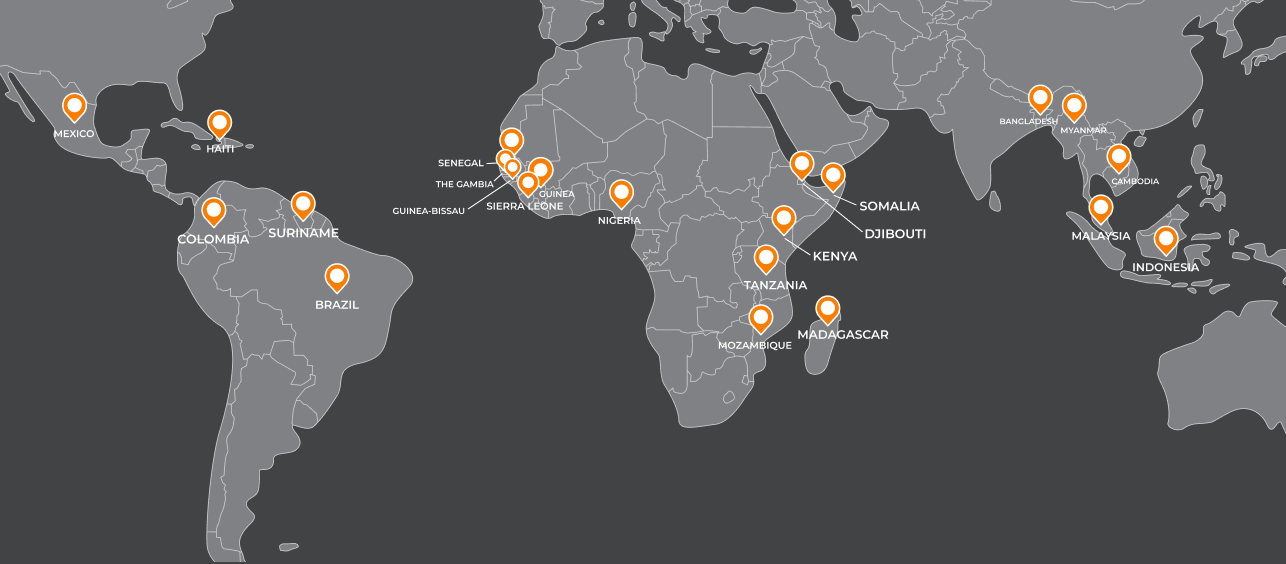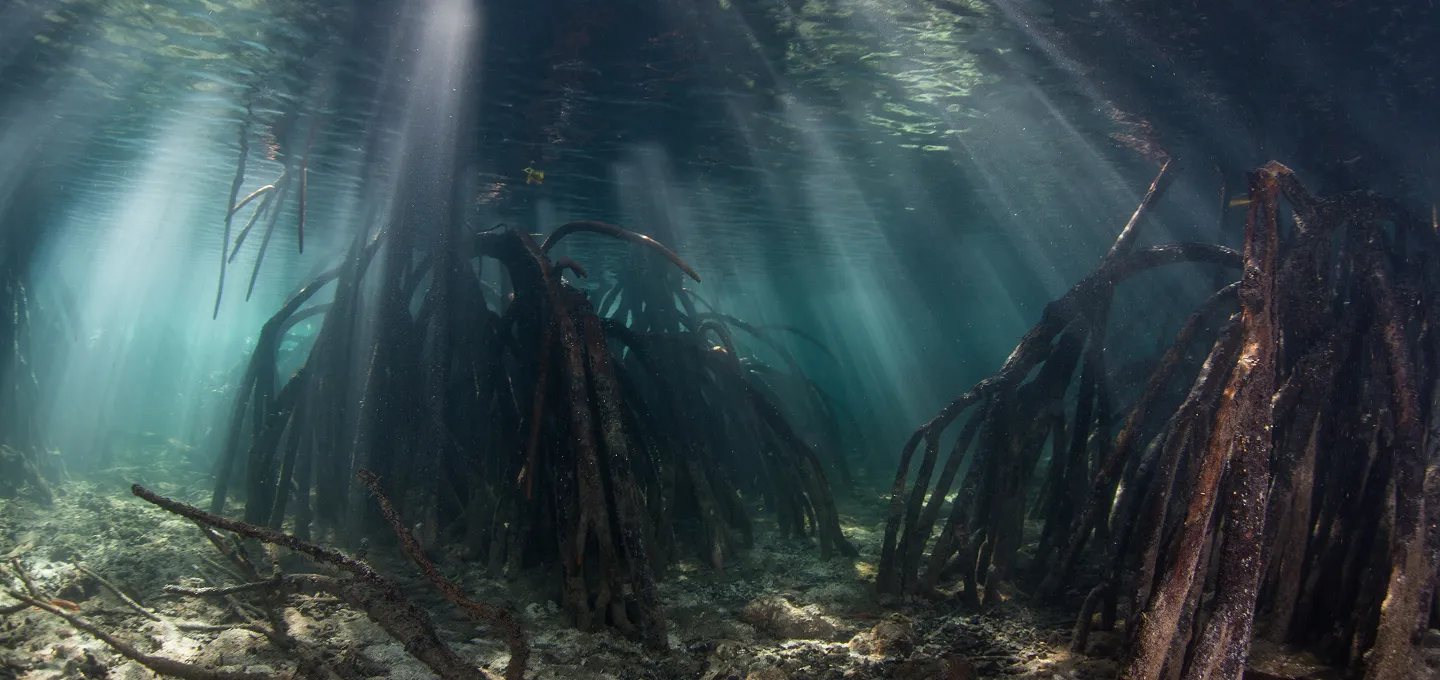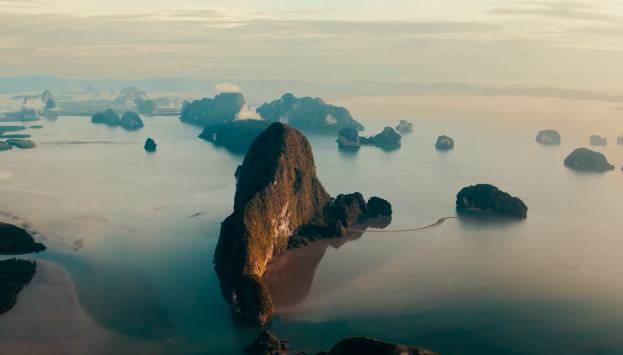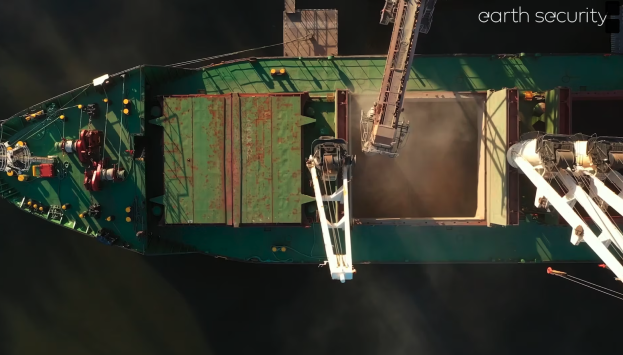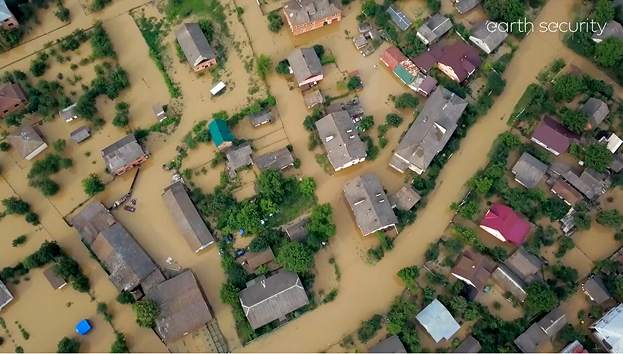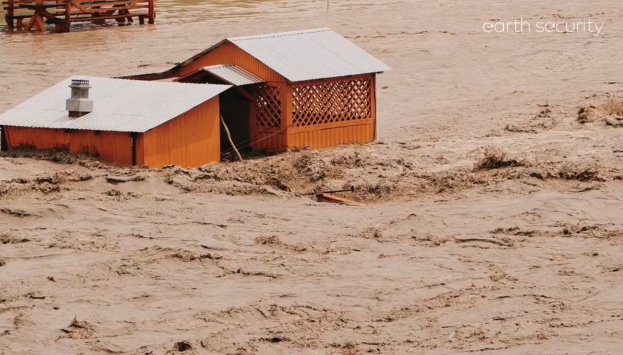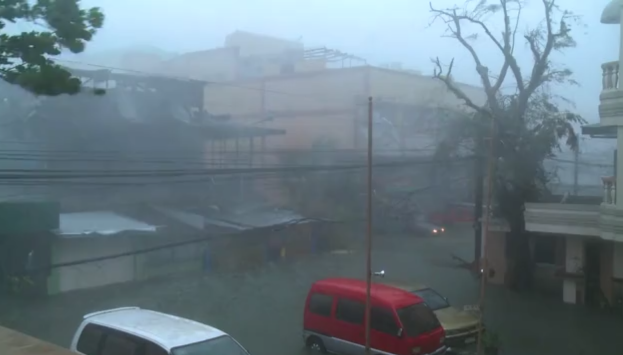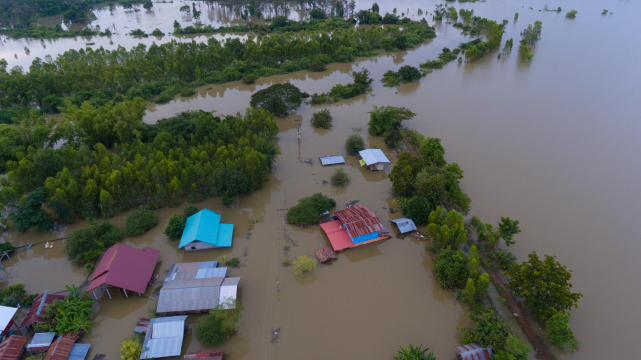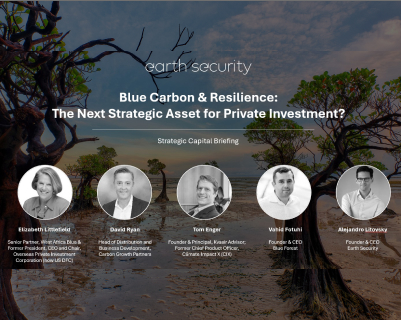This article was first published in the May 2021 Edition of ESG Clarity
By Alejandro Litovsky (Founder & CEO, Earth Security) and Jaffer Machano (Head of the Municipal Finance Programme, UN Capital Development Fund), May 2021
There is an urgent case to be made for harnessing the carbon powerhouse of the mangrove forest to achieve sustainable development goals while ensuring tropical countries that are rich in biodiversity but poor in economic prospects can reap the rewards in the process.

In the race to decarbonise the global economy, companies and investors are turning to nature-based solutions – positioning forests, wetlands and other vital ecosystems as one of the fastest, cheapest and readily available ways to soak carbon from the atmosphere.
The global market for carbon offsets is fraught with pitfalls and challenges – from how that carbon is accounted for, to how to guarantee its permanence amid rampaging deforestation rates.
One particular issue, however, receives little to no attention: how to ensure that key tropical countries, which are rich in biodiversity but poor in economic prospects, can benefit from these emerging pipelines in a way that drives long-term development and uses their natural resources to achieve sustainable development goals.
Among forests, mangroves are a carbon powerhouse. They are dense coastal forests covering the planet’s tropical and sub-tropical belt. They are one of nature’s most productive carbon assets and can sequester carbon up to 400% faster than land-based tropical rainforests. They are a vital asset for companies, investors and countries to deliver ‘net-zero’ carbon commitments, while halting the extinction of biodiversity.
The value of mangroves goes well beyond carbon. By acting as protective coastal barriers to cities, they save an estimated $65bn (£45.8bn) a year in storm and fl ood damages. They also provide breeding grounds for thousands of commercially fi shed marine species that sustain local economies, particularly in Asia.
Restoring the mangrove belt
A new report by Earth Security has made a compelling business case to develop a Municipal Mangrove Bond for cities that are vulnerable to climate change, and sit along the mangrove belt, to invest in the restoration of these natural assets as they would in other types of infrastructure, and reap the rewards as the most cost-effective way to adapt to climate threats.
Its proposal for creating a Mangrove 40 Cities Network – ‘M40 Cities’ – is a further blueprint to connect these cities and drive collaboration and investment at scale, as featured in Earth Security’s recently published report, Financing the Earth’s Assets: The Case for Mangroves as a Nature Based Climate Solution.
While we are beginning to work with cities around the world whose markets and institutions are already developed to reap these opportunities, we also see the need to shine a light on other cities, located in the least developed countries (LDCs), which will require further engagement and capacity to realise the value that nature-based solutions have to offer.
Senegal success story
Senegal provides a case in point. In 2009, the NGO Océanium and the food company Danone partnered on what has become one of the world’s largest mangrove regeneration projects.
The project has replanted 10,000 hectares with 79m mangrove trees, mobilising 350 local villages and 200,000 local people. The Livelihoods Fund provided $4m in upfront funding for project preparation, replanting and scientific validation and will finance project monitoring and evaluation until 2029.
The new trees will store 600,000 tonnes of carbon over the project’s 20-year lifespan, which Danone — and now other companies investing through The Livelihoods Fund – can use to reduce their global carbon footprint while having a significant local impact.
The protection the mangroves offer against saltwater intrusion is helping communities rehabilitate abandoned rice fields, strengthening local livelihoods and food security for artisanal fishermen. Following the restoration of mangroves in the Casamance and Sine Saloum estuaries of Senegal, 84% of households reported lower saltwater intrusion into their rice fields.
Where rice paddies had been affected by saline intrusion, yields increased by an average of 10%, while 15% of fi elds that had been abandoned due to excessive salt were restored to cultivation. Local people catch 4,200 more tonnes of fish, shrimp and oysters every year. Carbon certification body Verra has certified the project has already sequestered over 160,000 tonnes of CO2.
Critical conservation
Through our innovative partnership, Earth Security and the UN Capital Development Fund seek to work together to support selected coastal cities in LDCs to participate in these global developments. The business case is clear. The opportunities being created by a global pipeline of nature projects for carbon sequestration, that relies on the natural ecosystems of LDCs, must provide a stronger and more compelling case for LDC governments to also see their nature as a valuable asset. In turn, conservation must be a critical feature of how their countries and cities develop over the next decade.
Explore the reports
The Earth Security Index Reports provided in-depth analysis of critical themes across selected industries and market geographies, enabling investors to anticipate and respond to emerging global dynamics. Download and explore the full Earth Security Index reports:






